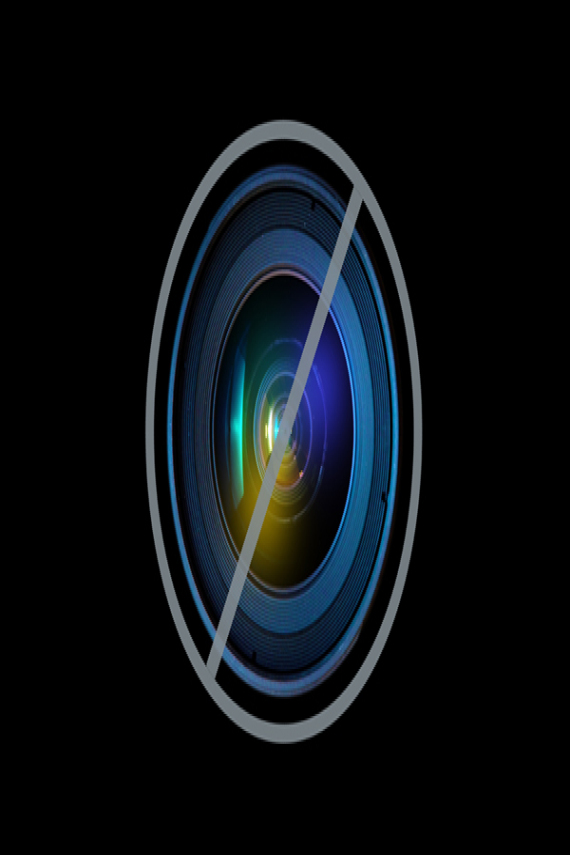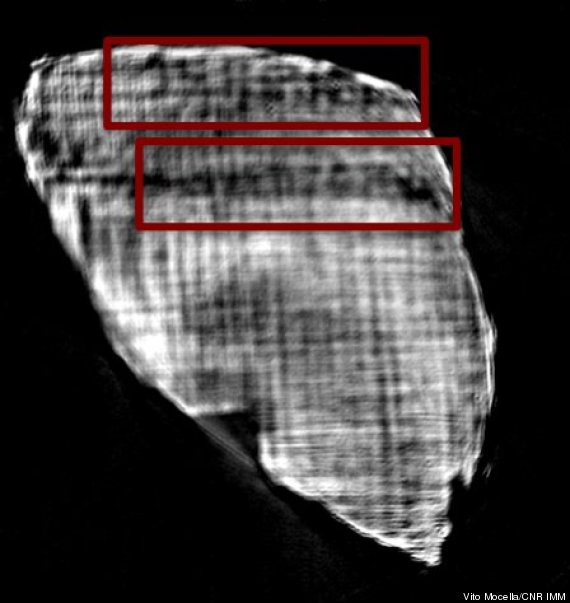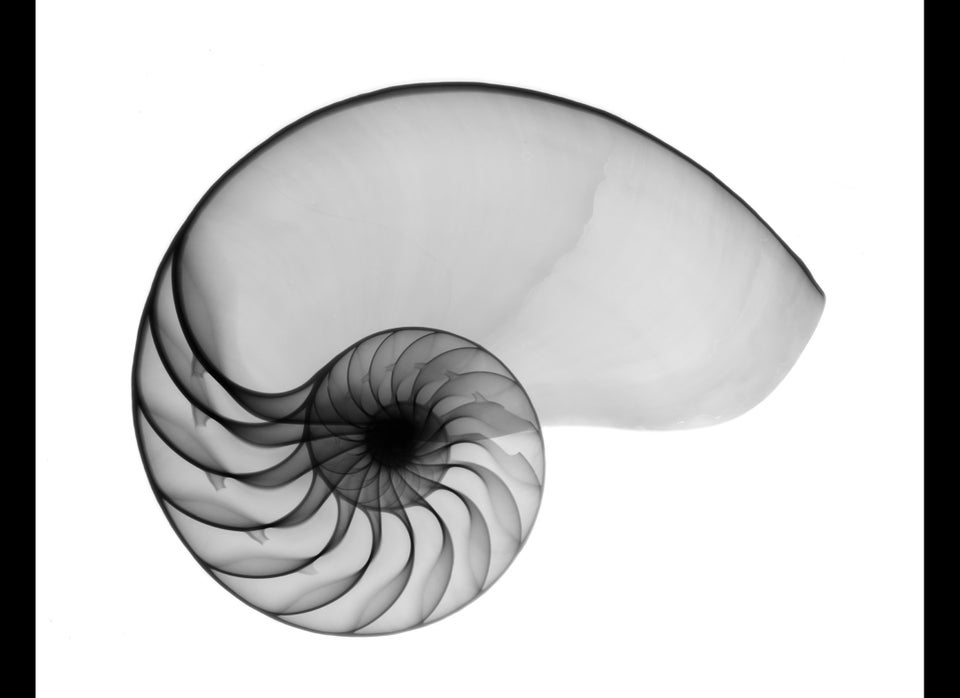Ancient papyrus scrolls charred in the same volcanic eruption that wiped out the city of Pompeii are a step closer to revealing their secrets thanks to a cutting-edge application of X-rays.
The eruption of Mt. Vesuvius in 79 AD also leveled the nearby town of Herculaneum. At the time, hundreds of papyrus scrolls inside a villa in the town were carbonized rather than incinerated. The outside was charred, but the writing remained on the inside.
While some have been unrolled and examined, the process was abandoned as it often destroyed the scroll itself. Now, a new technique is offering scientists another way to peek inside the past.
(Story continues after image.)
A close-up image of a Herculaneum Papyrus scroll in an image provided by Nature Publishing group.
Researchers used X-ray phase contrast tomography to obtain 3-D scans of the insides of the scrolls, according to research published in the journal Nature Communications. Although the ink written on the papyrus is indistinguishable from the papyrus itself, the scans revealed something else: very small bumps in the surface of the scroll.
The ink, as it turns out, was not absorbed by the papyrus, and the bumps, a tenth of a millimeter high, show where the ink rests on the surface of the scroll, according to the BBC.
"So the letters are there in relief because the ink is still on the top," Dr. Vito Mocella of the the National Research Council's Institute for Microelectronics and Microsystems in Naples told the network.
The researchers have so far been able to decipher only a few Greek letters so it may be a while before entire documents are revealed. But the team has already been able to make some conclusions.

Two words in a hidden layer of the fragment. In the top the sequence of Greek capital letters spells PIPTOIE (pi-iota-pi-tau- omicron-iota-epsilon); in the bottom the letter sequence of the next line, EIPOI (epsilon-iota-pi-omicron-iota).
The scroll they scanned is believed to be the work of poet and Epicurean philosopher Philodemus, Mocella told The Associated Press.
The scrolls come from the library of a villa that may have belonged to Julius Caesar's father-in-law, Lucius Calpurnius Piso Caesoninus. Along with writings by Philodemus, the collection is likely to contain other Epicurean texts. And some are hopeful the scrolls may be hiding lost works or known works in their original forms.
“For a scholar, it would be wonderful to have a manuscript of Virgil written in his lifetime, because what we have are medieval manuscripts which have suffered many changes at the hands of copyists,” David Sider, a professor of classics at New York University told The New York Times.
“If they’re able to pull it off, it has the potential to revolutionize the study of the ancient world,” Jack Mitchell, a professor of Classics at Dalhousie University, told The Toronto Star.

